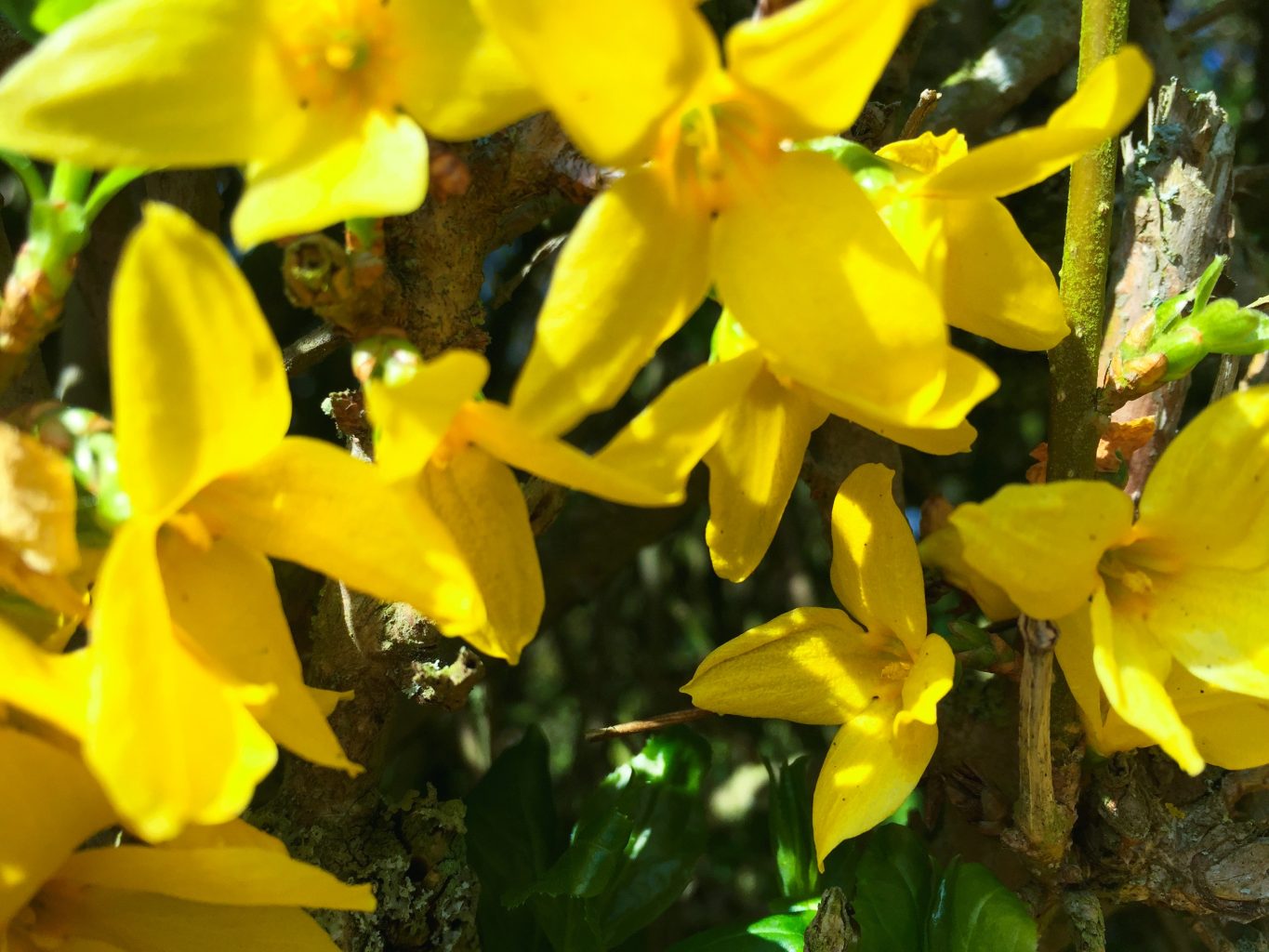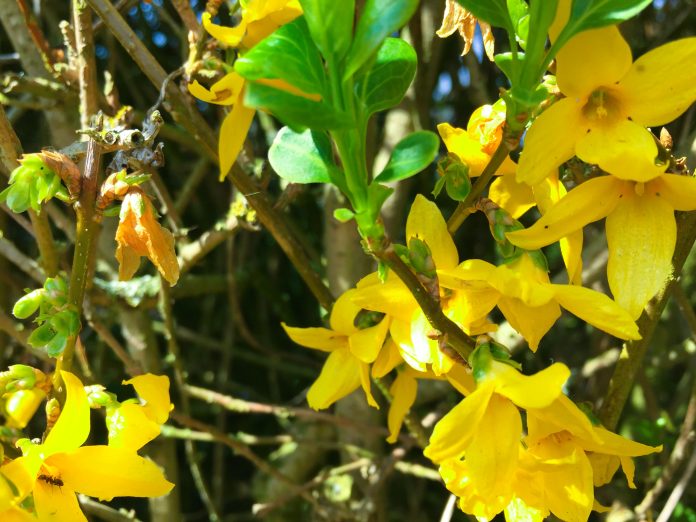Forsythia Grow Guide
Forsythia is a fast-growing, deciduous shrub known for its bright yellow flowers that signal the arrival of spring. It is an easy-to-grow plant that thrives in a variety of conditions, making it a great choice for hedges, borders, or as a standalone specimen.
Classification
- Kingdom: Plantae
- Clade: Angiosperms
- Order: Lamiales
- Family: Oleaceae
- Genus: Forsythia
Choosing the Right Forsythia
There are several species and cultivars of forsythia, with some growing as compact shrubs and others reaching up to 3 meters in height.
- Forsythia x intermedia – The most common hybrid, growing up to 3m tall.
- Forsythia suspensa – A weeping variety with arching branches.
- Forsythia viridissima – A smaller species with green stems.
Planting
- Location: Forsythia thrives in full sun but can tolerate partial shade.
- Soil: Prefers well-drained soil but is adaptable to clay, loamy, or sandy soils.
- Hardiness: Hardy in USDA zones 5-8.
- Flowering Months: Blooms in early spring (March-April), often before the leaves emerge.
- Planting Time: Best planted in autumn or early spring.
- Spacing: Space plants 1.5 to 2 meters apart for hedging or allow room for individual growth.

Care and Maintenance
- Watering: Forsythia is drought-tolerant once established but benefits from occasional deep watering during dry periods.
- Mulching: Apply organic mulch around the base to retain moisture and suppress weeds.
- Feeding: Apply a balanced fertilizer in early spring to encourage healthy growth.
- Pruning: Prune immediately after flowering to maintain shape and encourage next year’s blooms. Remove old or weak branches to promote vigorous growth.
Common Problems
- Fungal Diseases: Can be affected by leaf spot or canker; ensure good air circulation to prevent issues.
- Pests: Generally pest-free but may occasionally attract aphids.
Propagation
- Cuttings: Softwood cuttings can be taken in late spring or early summer.
- Layering: Branches can be pegged down to root naturally.
Popular Uses
- Forsythia makes an excellent hedge, screen, or focal point in a spring garden.
- It is ideal for wildlife-friendly gardens, providing early nectar for pollinators.
- Its branches can be cut and forced indoors for early spring blooms.
With minimal care, forsythia brings a dazzling golden display to gardens year after year, making it a must-have for early spring color.




